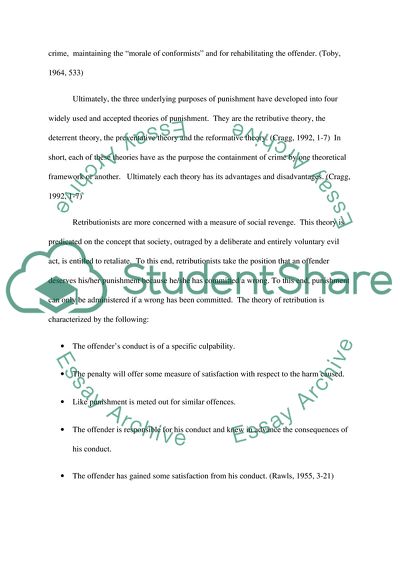Cite this document
(Theories of Punishment and Abolishing Punishment Research Paper, n.d.)
Theories of Punishment and Abolishing Punishment Research Paper. Retrieved from https://studentshare.org/law/1722183-theories-of-punishment-criminology-writers-only-abolishing-punishment
Theories of Punishment and Abolishing Punishment Research Paper. Retrieved from https://studentshare.org/law/1722183-theories-of-punishment-criminology-writers-only-abolishing-punishment
(Theories of Punishment and Abolishing Punishment Research Paper)
Theories of Punishment and Abolishing Punishment Research Paper. https://studentshare.org/law/1722183-theories-of-punishment-criminology-writers-only-abolishing-punishment.
Theories of Punishment and Abolishing Punishment Research Paper. https://studentshare.org/law/1722183-theories-of-punishment-criminology-writers-only-abolishing-punishment.
“Theories of Punishment and Abolishing Punishment Research Paper”, n.d. https://studentshare.org/law/1722183-theories-of-punishment-criminology-writers-only-abolishing-punishment.


